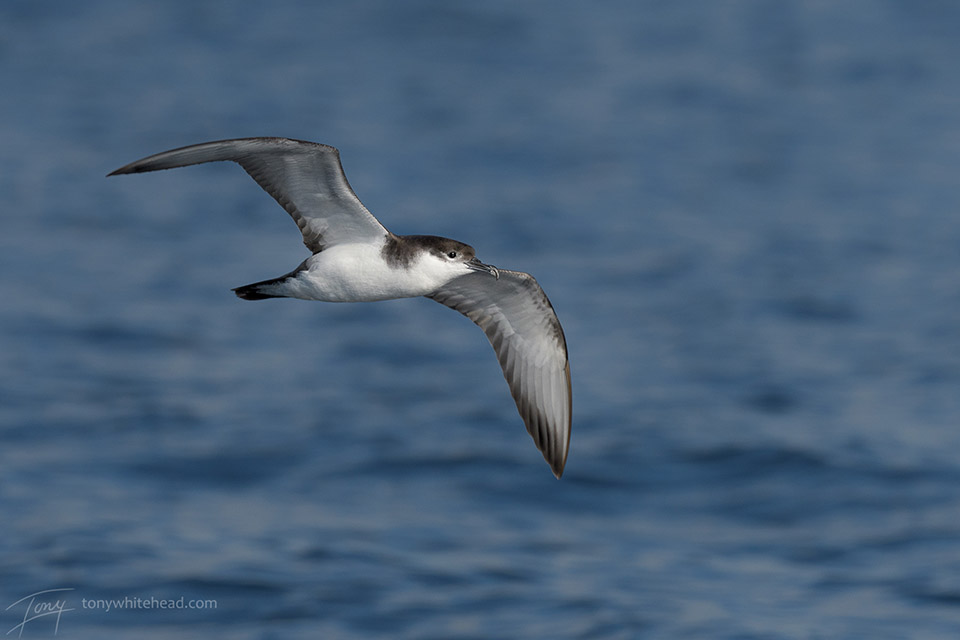
After my last trip out onto the Hauraki Gulf I shared some images of Hauraki Gulf seabirds and the excitement of seeing the New Zealand Storm Petrel for the first time. With a perfect weather window coinciding with the weekend between Christmas and New Year, Edin and I had the chance to shoot up for another trip last weekend. Edin works with the Northern New Zealand Seabird Trust and one of their projects involves regular plankton sampling and bird counts in the Hauraki Gulf. In addition this trip was to drop off nest boxes at Burgess Island which will be dug in and facilitate some of the research Edin will be doing over the next 4 years.
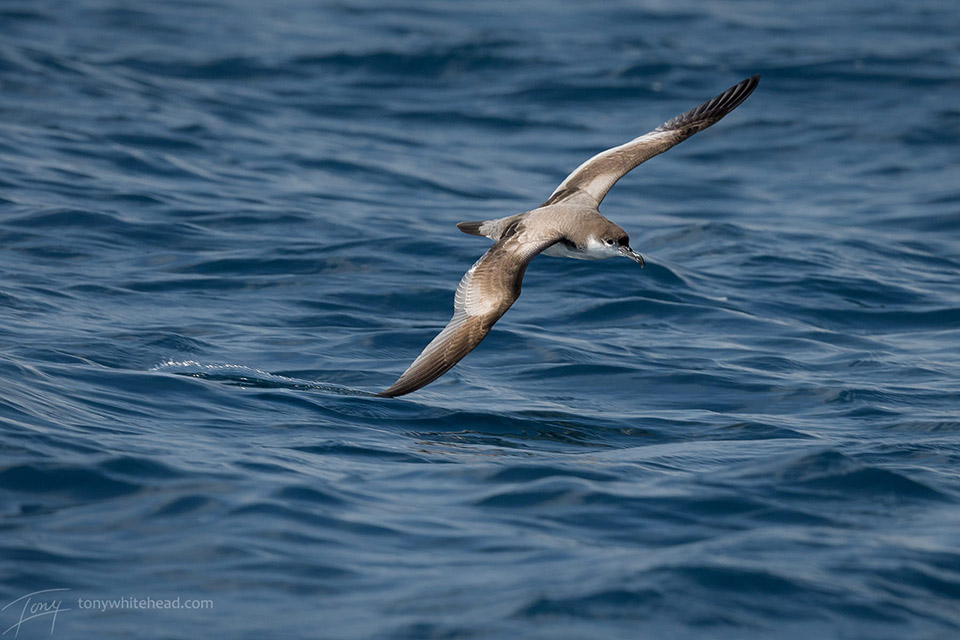
I left work on Friday afternoon and we drove up to Auckland for the night, getting an early start to be on the boat at Omaha by 8am. The holiday season and perfect weather meant that the water was crowded with boats but we soon left the majority behind as we headed east just north of Hauturu/Little Barrier Island with building numbers of Buller’s Shearwater, Cook’s Petrel and Fairy Prion. Our first plankton sampling brought aboard a big haul of salps and only a single White-faced Storm Petrel visited our berley trail. This gave me some hope as my main target for the day was to get a better photo of this species. On the previous trip I had done well on New Zealand Storm Petrels but had been disappointed in the images I had got of the White-faced Storm Petrels.
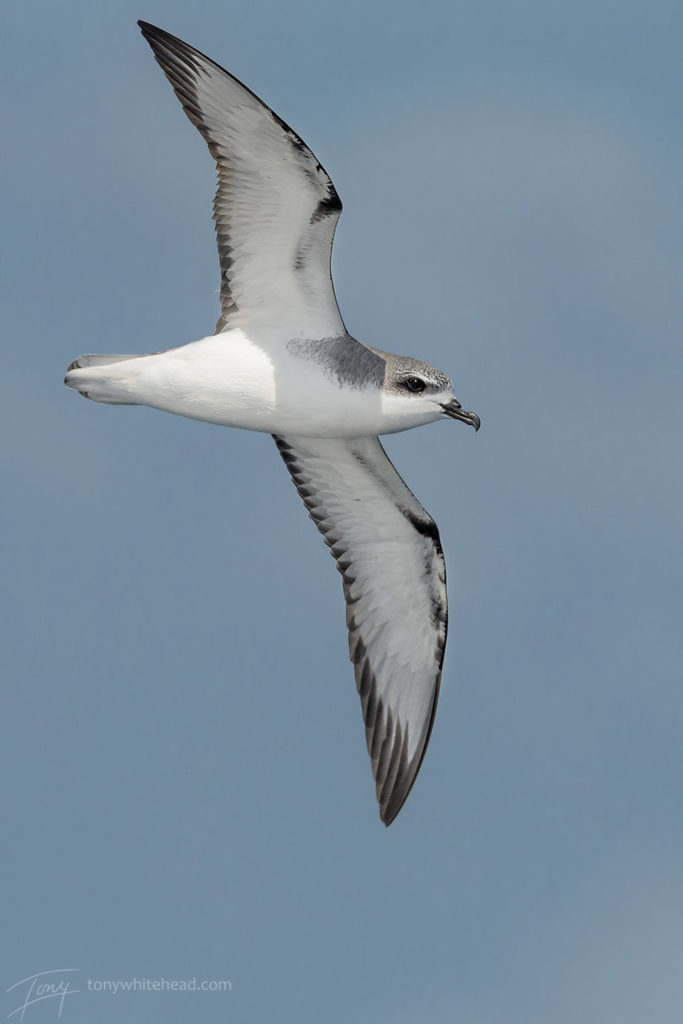
Heading further out toward Burgess Island in the Mokohinau group we passed more work-ups with plenty of Fairy Prions, Buller’s Shearwaters, occasional Fluttering Shearwaters and Flesh-footed Shearwaters. Arriving at Burgess Island the nest boxes were ferried ashore and secreted beneath a bush. This left enough time for a quick hike up to the top of the island seeing plenty of Red-crowned Parakeet. I managed a few flight shots but the light at midday was suboptimal. Hot and sweaty after the climb a snorkel from the boat back to the jetty was lovely with the water a warm 21 degrees feeling pleasant even without a wetsuit. Clouds of Blue Mao Mao along with Sandagers Wrasse, Red Moki and Twospot Demoiselle provided plenty of interest amongst the kelp and had me wishing that I had brought my underwater housing.
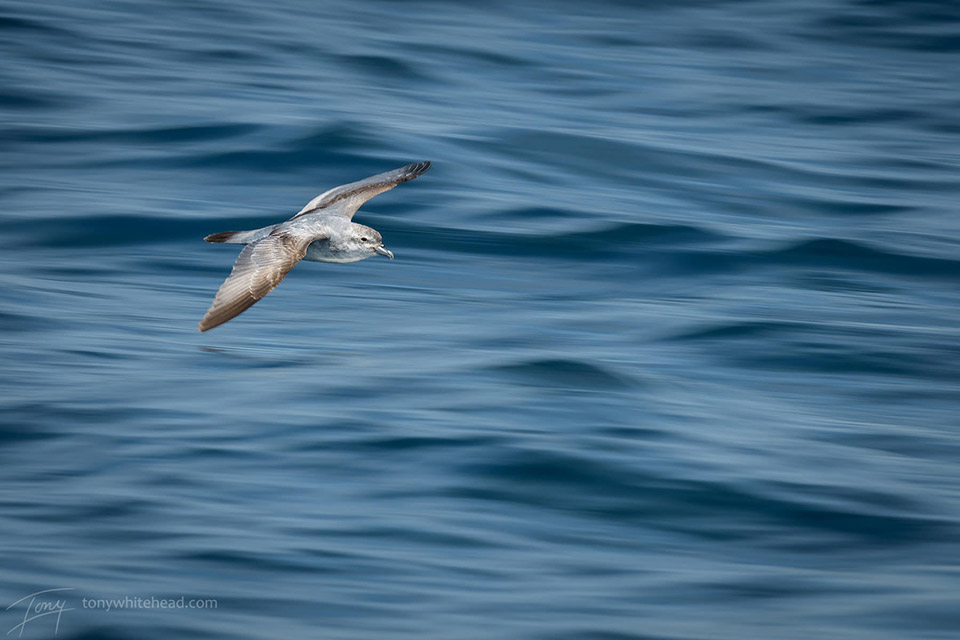
After lunch on board we aimed back for Omaha with a detour to see Grey Ternlets and a number of stops at feeding workups for sampling and attempts to drift a camera rig through them. I have many more photos to work through from this trip and will share more as they are processed.
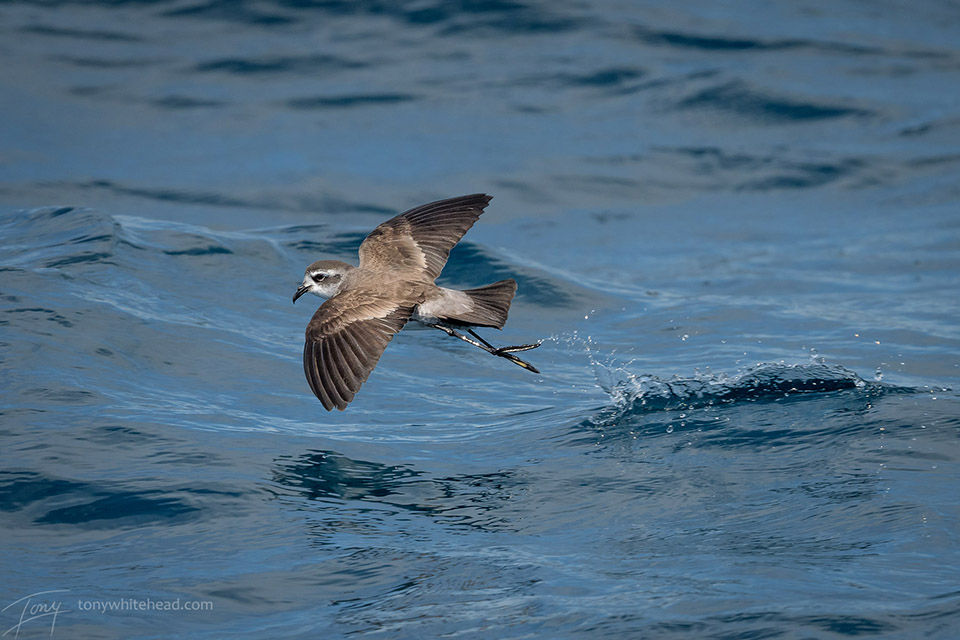
It was a good opportunity to use the Nikon 500mm f5.6PF. My go to lens for pelagics has been the 300mm f4PF with or without the TC14E teleconverter (which gives 420mm f5.6). The extra reach of the 500mm is nice and it is easy to handle on a moving boat with the VR giving a lovely steady image in the viewfinder. A f5.6 lens will never be as fast to focus as a f4 lens as it has half the light to work with. This is simply physics and inescapable. Despite this it was a pleasure to use and will probably do most of the work in these situations for me now. I find the size and weight of a 500m f4 almost impossible to use off the moving deck of a small boat so the 500mm f5.6PF is a useful step forward for me.
All photos with Nikon D500 and Nikon 500mm f5.6PF
